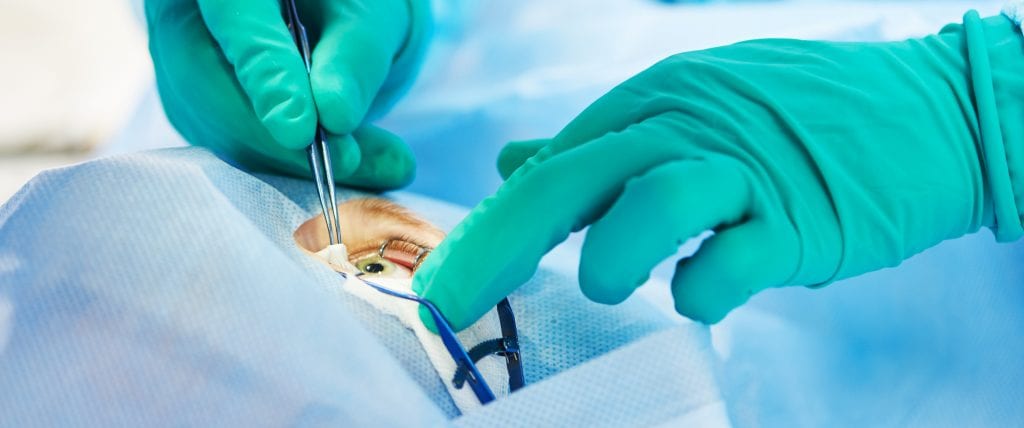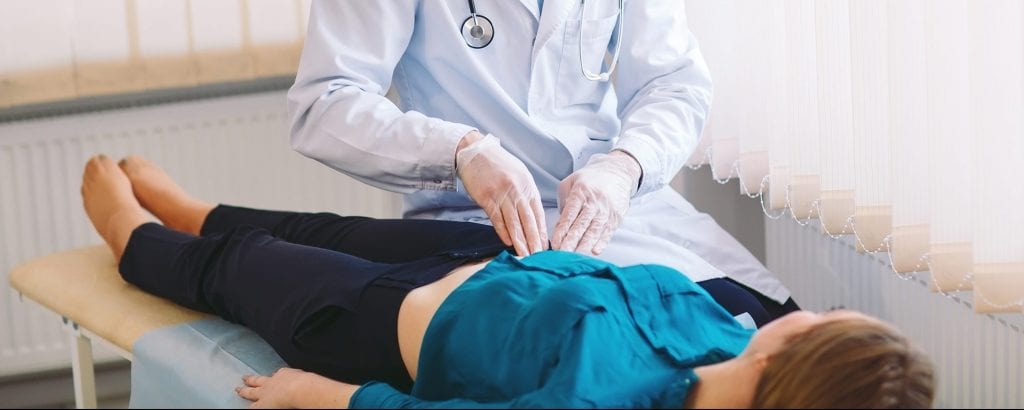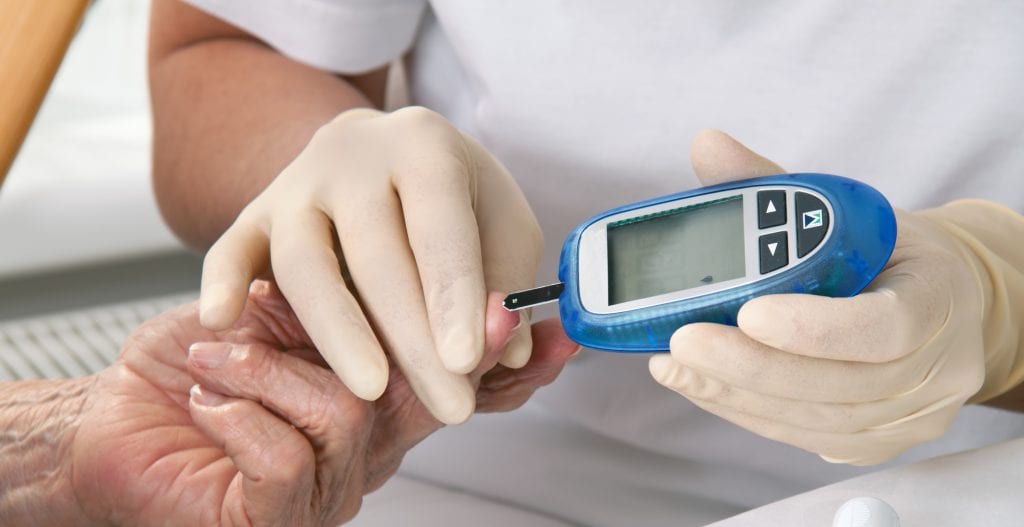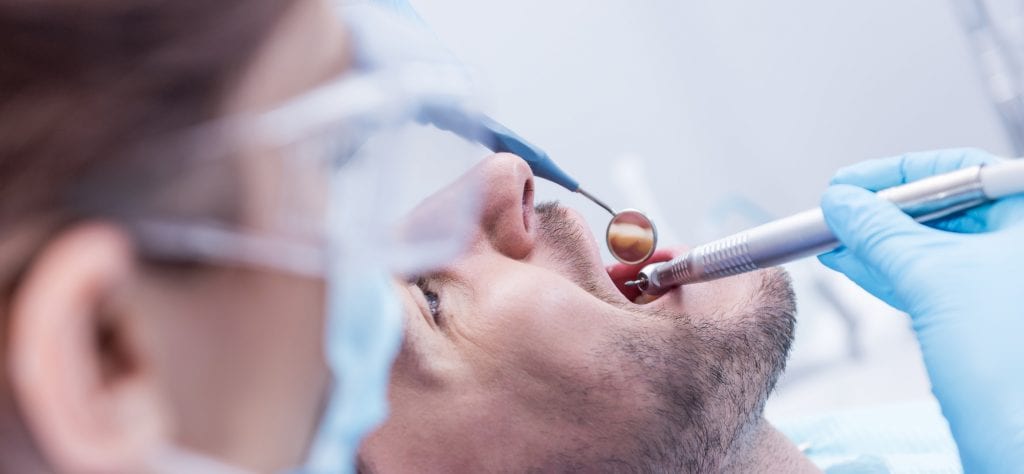The acute excisional wounds can be superficial, partial-thickness, or full-thickness.
Superficial wounds are made by repeated tape stripping, which removes only the stratum corneum and stratum granulosum. These wounds are excellent models to study the absorption of pharmaceutical and bandaging interventions and their effect on epidermal regeneration.
Partial-thickness wounds are made by removal of the epidermis and variable amounts of dermis,
but usually leave the bases of the sebaceous glands and hair follicles intact. These excisions are frequently made with a dermatome;
Full-thickness wounds are made with a punch biopsy or scalpel by removal of the entire dermis down to the subcutaneous tissue or fascia; these wounds are optimal for inducing and studying hypertrophic scarring.
Pig skin has been shown to be the most similar to human skin structurally and biochemically.
Pigs are especially useful in wound healing and burn lesions studies due to the re-revitalization healing (as human) rather than by contraction (as rodent). Another advantage is the ability to use multiple wounds on the same animal which provides the ability to have the same animal serve as its own control and also to have different treatment on the same animal












